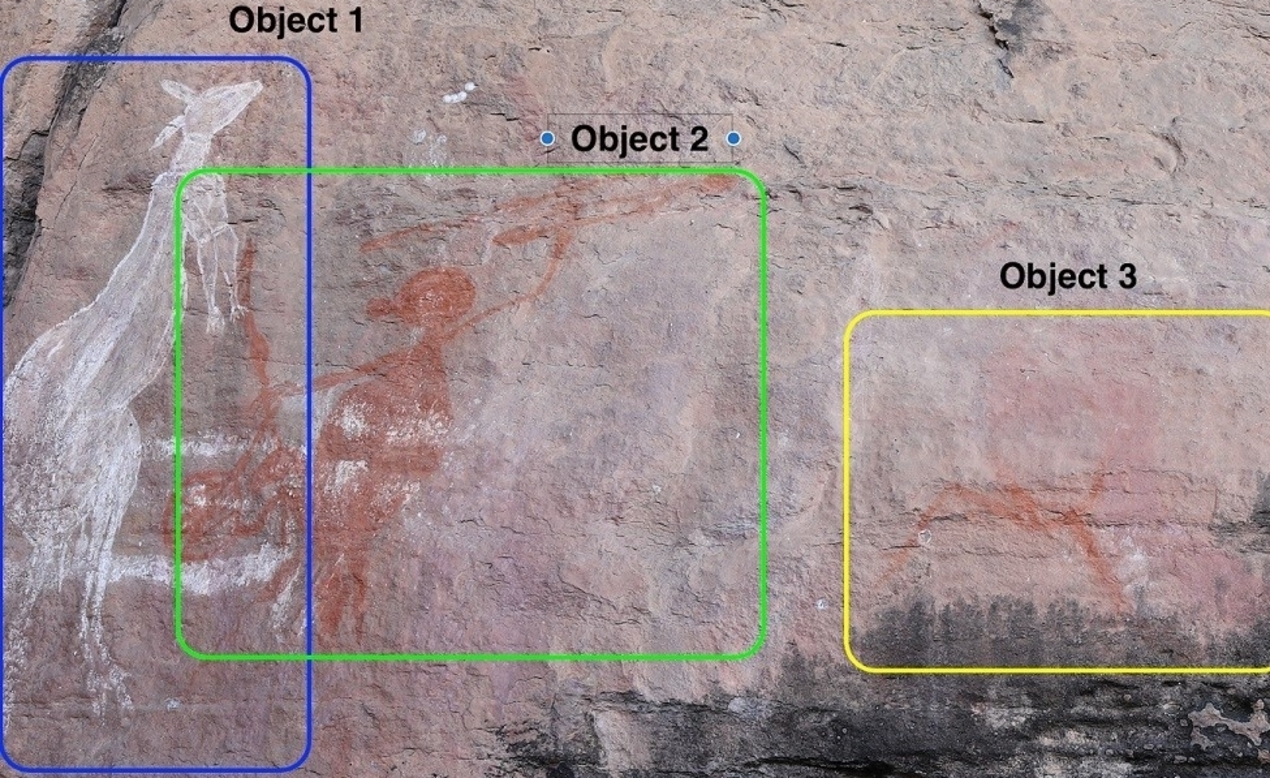
Researchers have developed a method for detecting the presence of rock art in remote, difficult-to-access areas in the rugged landscapes across Australia via the use of Machine Learning (ML). The research is co-led by Dr Andrea Jalandoni, a digital archaeologist from Griffith University’s Centre for Social and Cultural Research.
It made use of hundreds of images of rock art found within Kakadu National Park; an ML model was trained to detect whether painted rock art was present within the image. An 89% success rate was recorded by the model. This means that it successfully determined which images contained rock art the vast majority of times.
Dr Jalandoni noted that as some of these sites are difficult to access, alleviating some of the time, effort and expense to mount some explorative missions presents massive value to this type of archaeological research in some of the most remote areas of Australia.
Once the team’s ML model detects whether an area photographed potentially contains previously undiscovered rock art, the scientists are then able to go in and ground-truth the site to verify that there is rock art present as well as report on it further.
Dr Jalandoni and co-lead author Dr Nayyar Zaidi from Deakin University worked closely with the traditional elders of Kakadu National Park on the study. Dr Zaidi noted that the work demonstrated the power that machine learning (ML) and artificial intelligence (AI) can bring to archaeological research, paving the way toward ground-breaking research that will have a significant impact in the future.
In addition, the team is excited about the next phase of their study. In areas where numerous rock art sites exist, much of the rock art is unidentified and therefore remains unrecorded and unresearched.
Automating the many processes in rock art research has the potential to significantly facilitate rock art research in several ways, including through Object Recognition and Detection, Motif Extraction, Object Reconstruction, Image Knowledge Graphs and Representations, it was noted.
With the efficacy of the ML model used in the study, the method could be used to train models that are specific to the rock art found in different regions across the globe. The findings could also be useful in the development of an app that tourists could use to upload images of potentially undiscovered rock art examples for further analysis.
“If you are a tourist in an area that could potentially have rock art within it and you’re taking pictures, one of the future goals is for us to develop an app where you can add your image to the collection to see if it’s been documented or if it could be undiscovered rock art that needs to be examined,” Dr Jalandoni said. This would allow citizen scientists on the ground to take part in important archaeological research.
The findings ‘On the use of Machine Learning Methods in Rock Art Research with Application to Automatic Painted Rock Art Identification’ have been published in the Journal of Archaeological Science.
The global Machine Learning Market is expected to rise during the forecast period as a result of the growing adoption of technological advancements across a variety of industries including healthcare, automotive, retail, and manufacturing.
Recent research found that the machine learning (ML) market size was US$15.44 billion in 2021. The market size is expected to rise from US$21.17 billion in 2022 to US$209.91 billion by 2029 at a CAGR of 38.8% during the forecast period.
Machine learning can be defined as an automated method of data analysis that systematises analytical model building. The increasing adoption of artificial intelligence (AI) and ML technologies is expected to drive the market during the projected period. In addition, deep learning, a subset of artificial intelligence, is anticipated to drive the market in the future as a result of the growing learning capabilities across technologies.
















